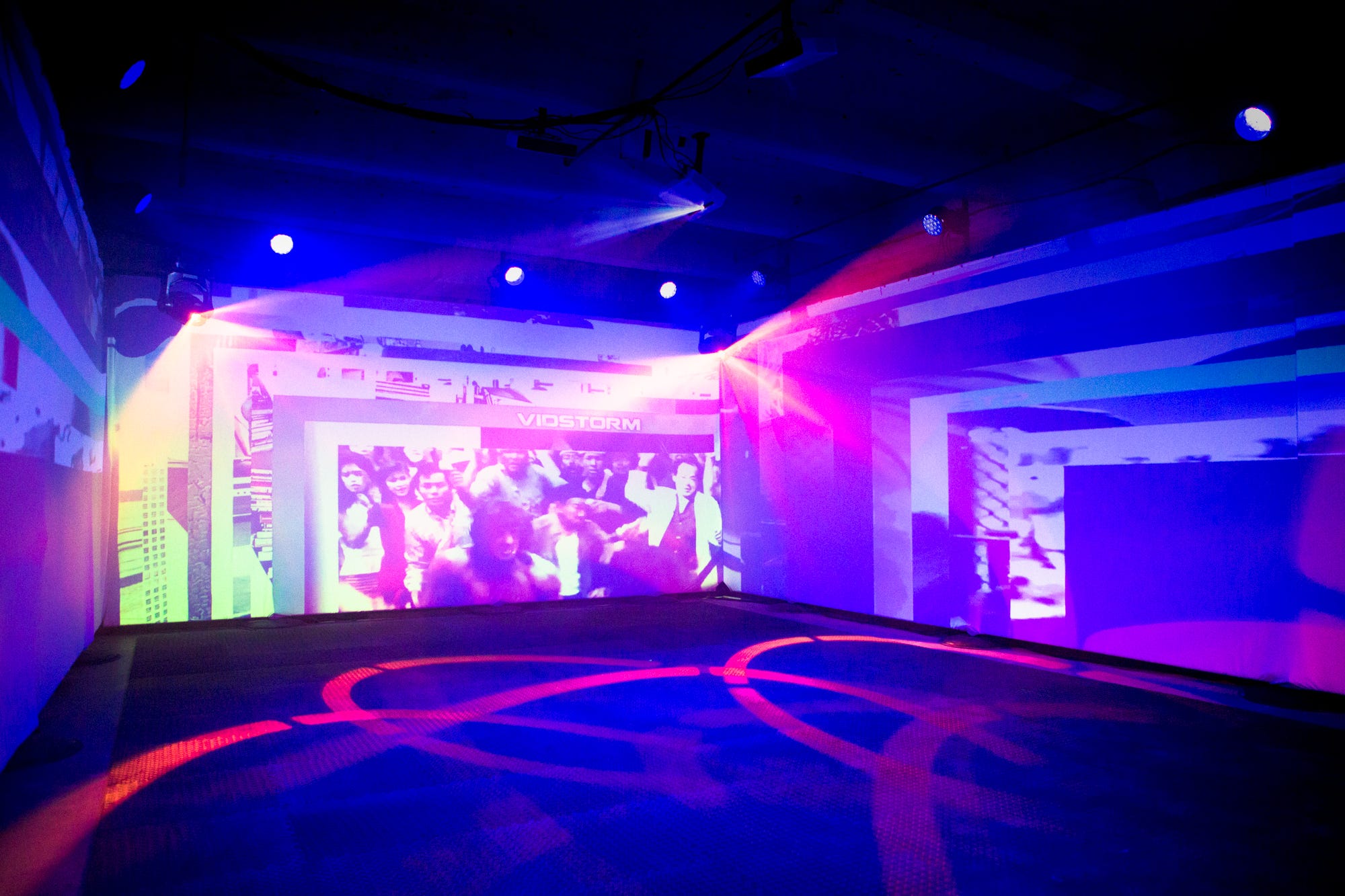
We speak to two of the creators as they prepare to open their show in Brooklyn
The NYC-based theatre company Arcade plans to mix together immersive theatre, performance art, and rave culture into their new show Arcade Amerikana, which will premiere in early December.
The show plunges audiences into an imagined rehab resort where the virtually addicted seek reprieve in Las Vegas in the year 2020. And they’re introducing the concept of a ‘Performance Cube’ which consists of four projector screens, DJs mixing in real time, and immersive projection mapping.
We spoke with Arcade co-founders Lio Mehiel and Russell Kahn over email to find out more.
No Proscenium (NP): Could you tell us a little about yourself and your background in the immersive arts?
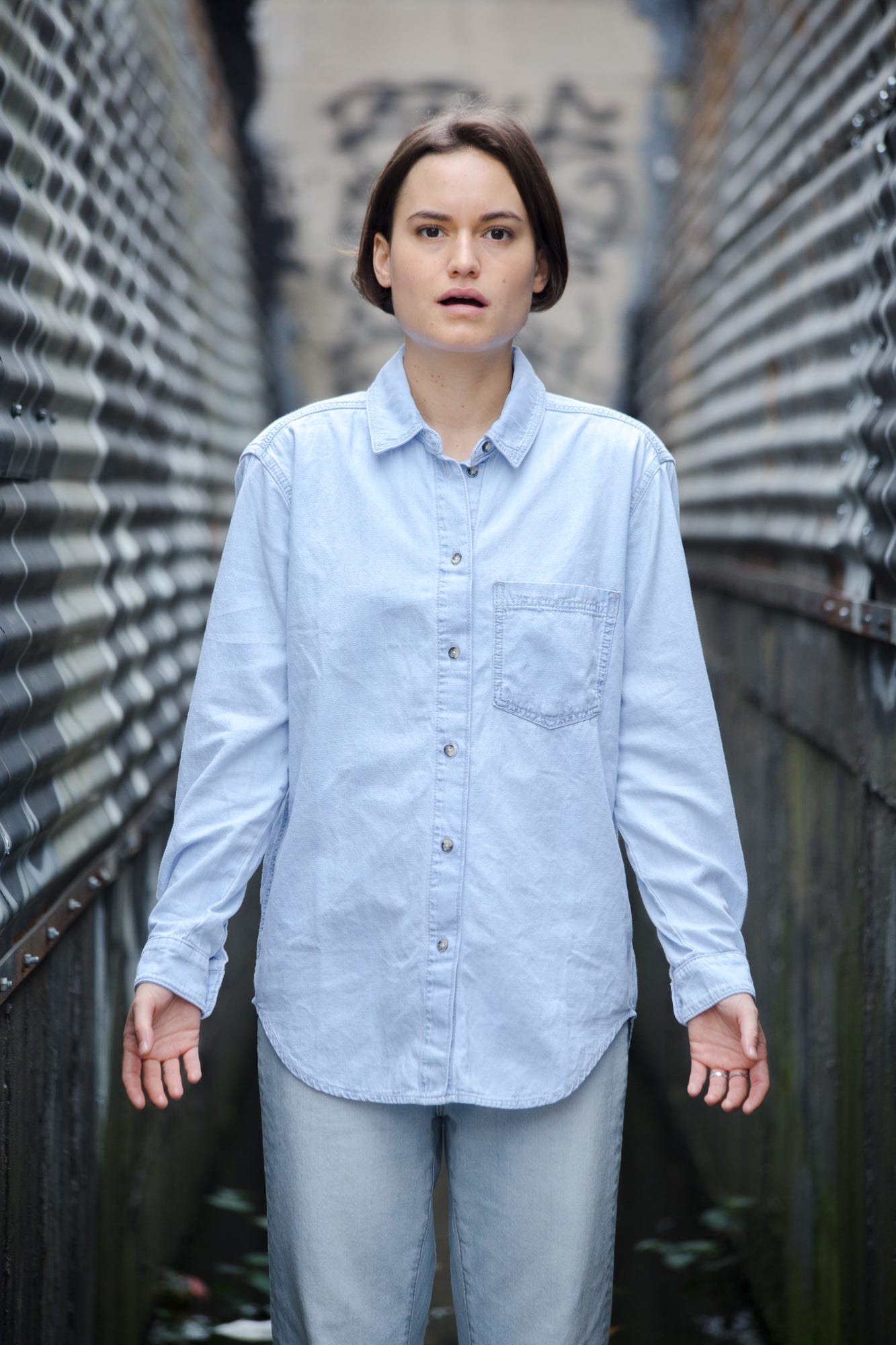
Lio Mehiel (LM): I got into the immersive arts because I wanted to figure out how I could marry the level of engagement at music festivals with the narrative and emotional depth accessed in a good film or play. For me, that meant starting in multimedia performance, but then that quickly evolved into an obsession with creative technology and mixed reality. Now, I am curious about how to meld the aliveness present in collective immersive experiences with the limitless possibilities of immersive technology.
Russell Kahn (RK): One of my early formative experiences with the immersive arts, which ignited my passion for this kind of art making, was a show I had the opportunity to help create for children on the Autism spectrum. Taking into account at each moment the ways a story could reach people beyond verbal communication alone opened me up to the incredible power of theatre as a tool that resonates far beyond the confines of a given scene. The opportunity to consume a story in three dimensions, so that each sense is engaged, can so deeply connect one person with another.
NP: What, in a nutshell, is this project about?
RK: Arcade Amerikana is about the simultaneous feelings of ecstasy and loneliness prompted by engaging in mediated forms of communication. The piece observes and considers both the positive and negative effects of our collective addiction to deriving intimacy and pleasure from virtual images; how virtual spaces allow us to live beyond our bodies and also change how we connect and communicate with one another. It is about striving for presence in a life both surrounded and supported by screens.
NP: How did the project come about? Who are your collaborators?
LM: This project began as my senior thesis at Northwestern University in 2014. I was so frustrated each weekend as I’d go to see the incredible shows put up on campus, and again and again find the audience to be filled completely by self-identifying theatre people. No journalists, no psych majors, no finance people…the people I went to parties with and had classes with just did not find the work relevant to them.
I knew if I couldn’t get these people excited about theatre as a form of entertainment when the shows were $5 and within walking distance of their apartments, I would never be able to. So I set out to find a form of live storytelling that would be more responsive to their needs, and fit more organically the way their brains had shifted to consume stories since the advent of widespread digital communication.
I approached Russell right away to produce our first show, Entrainment, and we have collaborated to grow this experience ever since.
Get Kathryn Yu’s stories in your inbox
Join Medium for free to get updates from this writer.
SubscribeSubscribe
NP: What is the Performance Cube and how does it work?
LM: The Performance Cube is a room in which all four walls are projector screens stretching 40 feet by 20 feet long. A shape shifting world exists inside the cube; a VJ immerses the audience in ever changing videoscapes, a DJ live mixes our original score in surround sound, and a lighting designer utilizes a full plot of intelligent fixtures to achieve a club atmosphere. These elements come together so that our audience has true autonomy over the way they consume the Arcade Amerikana experience. No matter where they direct attention in a given moment, they will gain an essential piece of the emotional undercurrent of the story.
The elements are activated to examine each moment of the narrative on a vertical plane; within a single moment the bodies of the performers might explore the literal experience of the characters, the screens the fantastical, and the sound the subconscious. This mode of storytelling provides a cross section of every plot point, and allows our audience to drop more deeply into the world of Arcade Amerikana. Multiple coherent channels of stimulus used here mirror the way our audience’s brains have adapted to consume stories and images in the age of digital communication. By responding more closely to needs and consumption patterns of our audience, we can invite them further into our work and so provide a greater level of catharsis.
NP: As this work is being developed what influences did the team find itself coming back to?
LM: Our lead video designer and dramaturg Dulcinee DeGuere worked with me and the team to find the right texts we could base our performance exploration on. Arcade Amerikana derives its conceptual backing from a range of contemporary critical theorists who are engaged in uncovering and describing the effects of our media-saturated world on the individual’s psyche and our world at large. Franco ‘Bifo’ Berardi (Futurability: The Age of Impotence and the Horizon of Possibility) and Hito Steyerl (Duty Free Art: Art in the Age of Planetary Civil War and The Wretched of the Screen) are two such thinkers whose work has been instrumental in our understanding of images and screen culture, on both the micro- and macro- scale.

NP: How is the audience incorporated into the work? How are you designing around audience participation, agency, consent, and safety?
RK: We provide an experience in which narrative is communicated through multiple coherent channels of stimulus at every moment. An audience member has complete autonomy to direct their focus to either the live performers, the projection screens, the soundscape, or any combination of elements. No matter what they choose, they will access an essential facet of the emotional undercurrent of the piece; the ability to constantly shift focus deepens their connection to the story. Moments of audience interaction are used to enhance the audience’s connection to the piece, to ground them in a state presence with the performers. In such instances, passing contact is initiated by performers to anchor consenting audience members in the world they occupy during Arcade Amerikana. The effect of human connection cannot be achieved by screens or sound alone.
NP: What do you hope participants take away from the experience?
LM: We hope that people leave feeling recalibrated, newly in-tune with those around them having taken part fully in a collective ritual of presence. The goal is to reinvigorate our audience with an experience that is fun and engaging, but provides the deep catharsis and building blocks to empathy that only live theatre can provide.
We hope to invite someone who would never consider theatre a viable form of entertainment for a Friday night to feel connected to the strangers in the Cube, the performers and themselves.
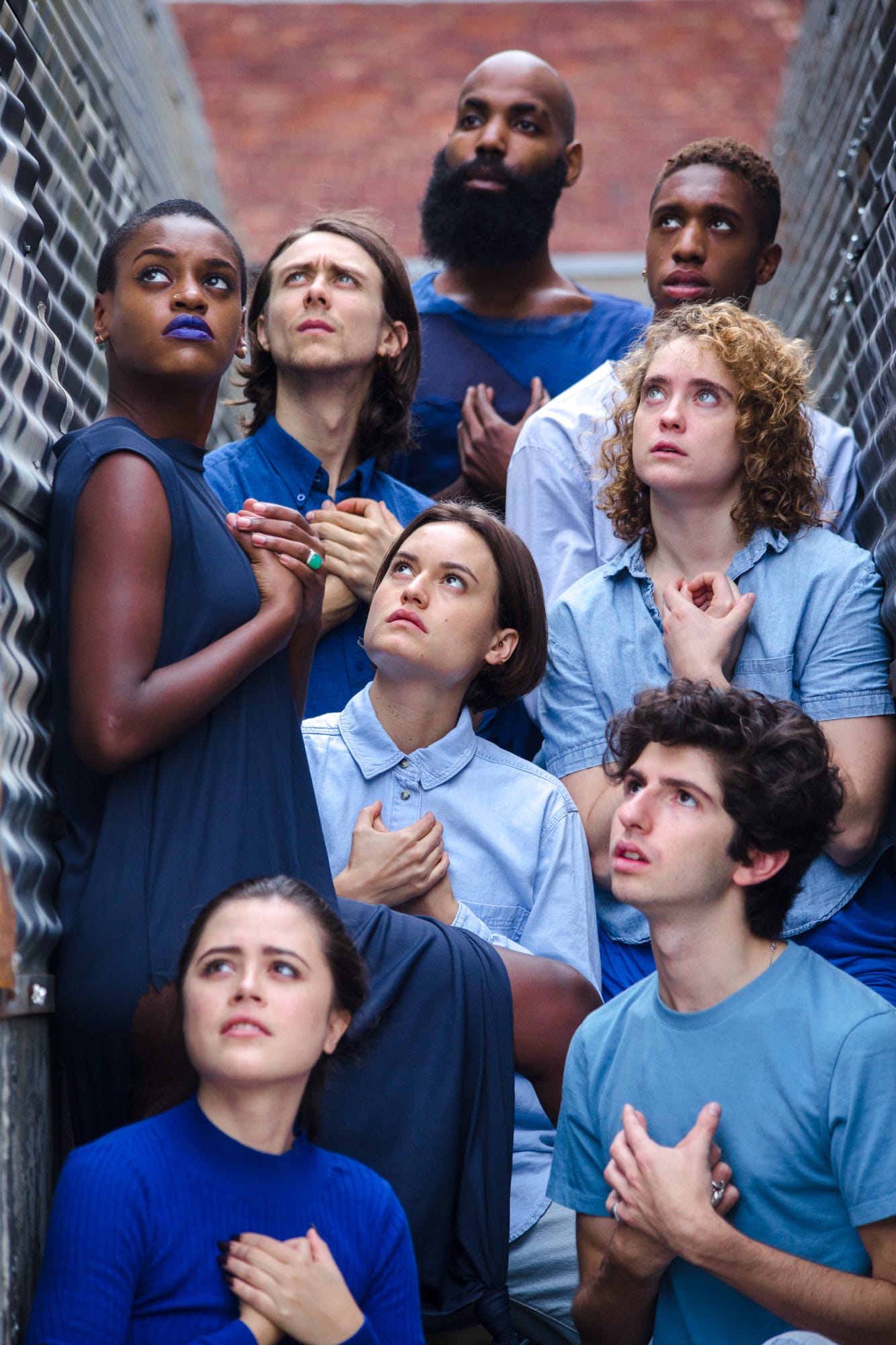
Arcade Amerikana will play at Industry City in Brooklyn from December 4–15. Tickets are $50.
NoPro is a labor of love made possible by our generous Patreon backers. Join them today!
This month we’d also like to thank The Johnny Carson Center for Emerging Media Arts for sponsoring our features.

In addition to the No Proscenium web site, our podcast, and our newsletters, you can find NoPro on Twitter, Facebook, YouTube, Instagram, in the Facebook community Everything Immersive, and on our Slack forum.


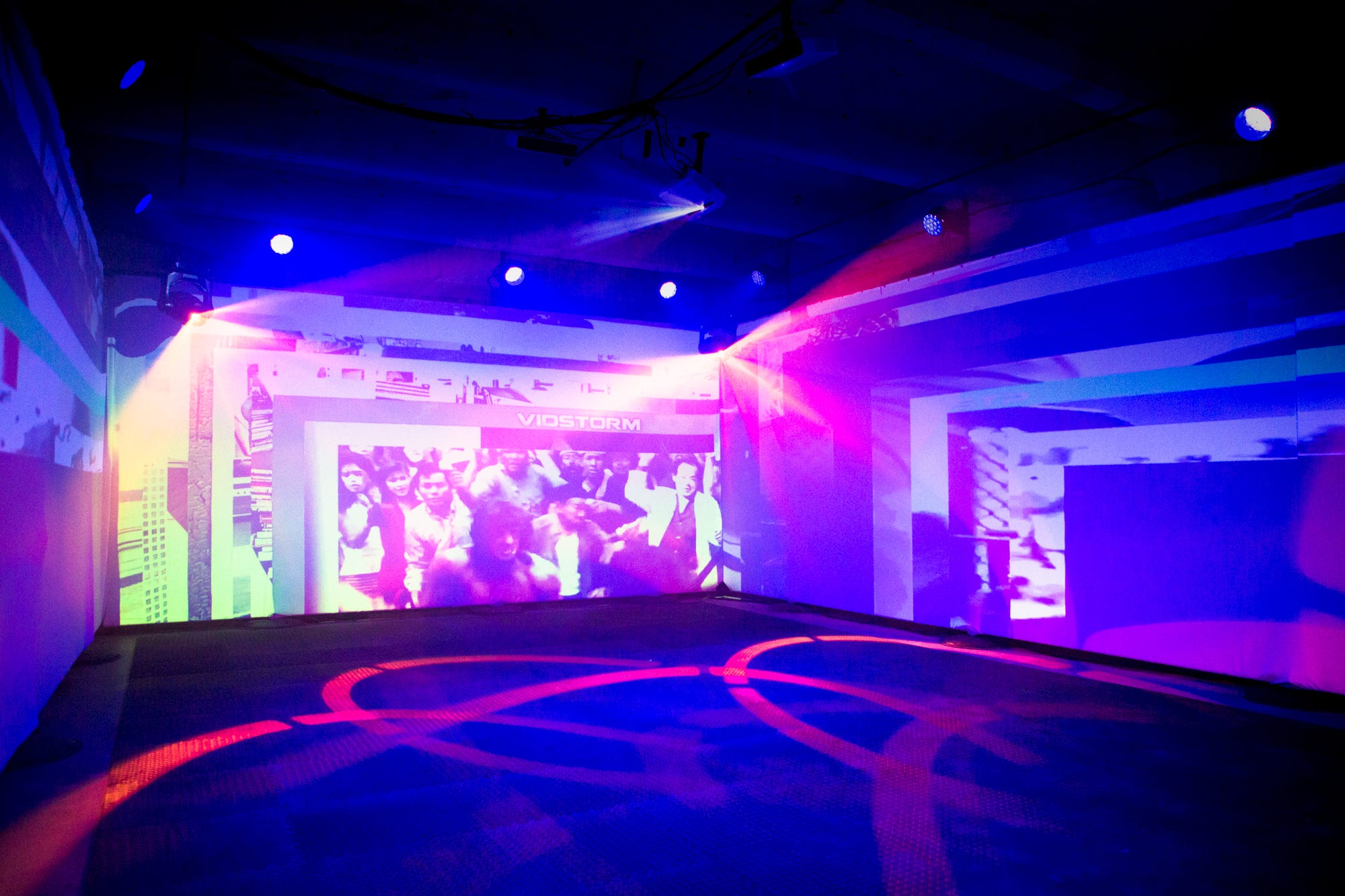
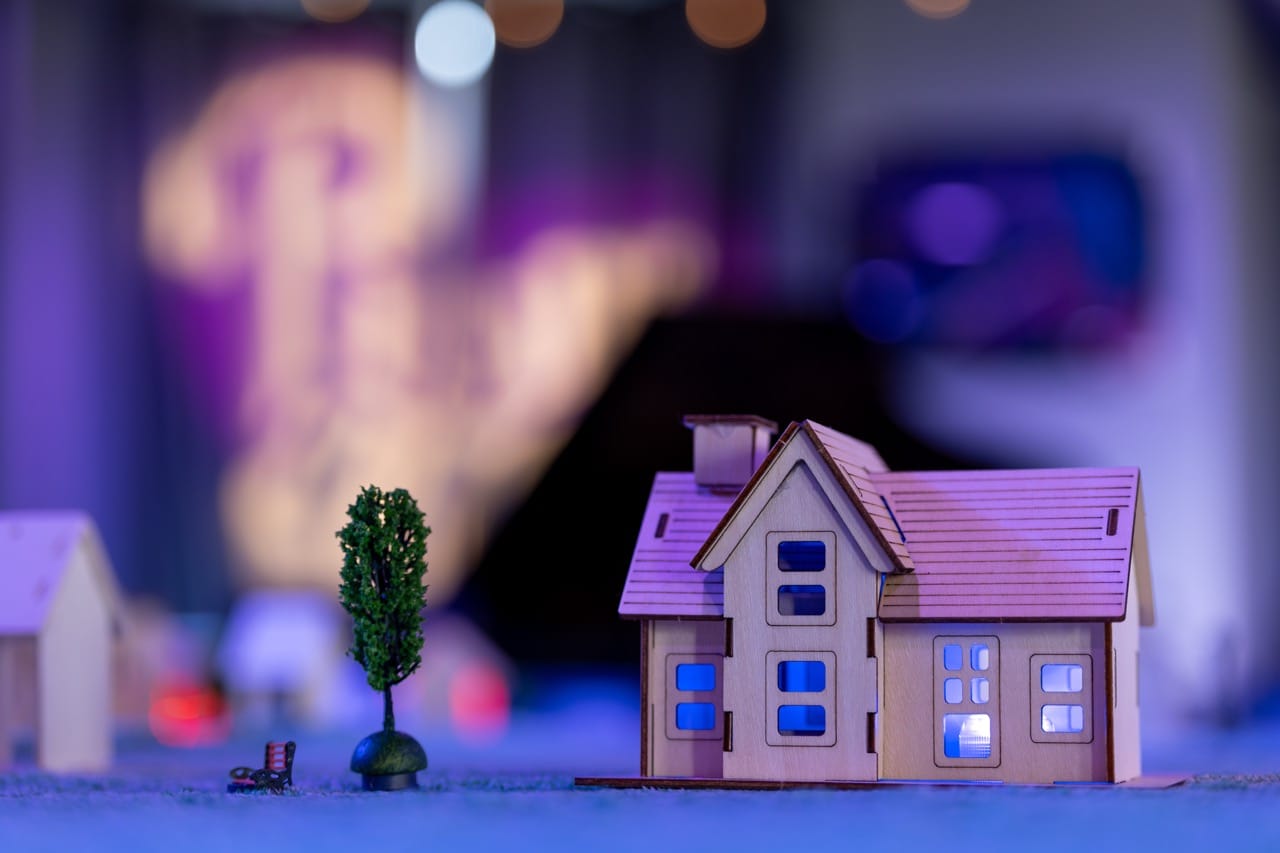











Discussion